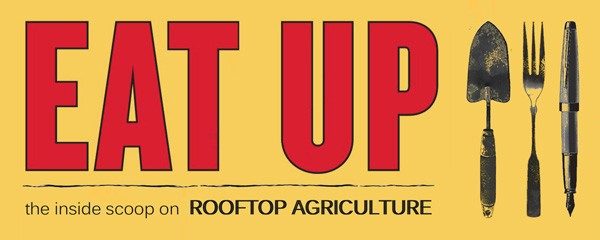there’s nothing like a heat island
When travelling from my forested neighborhood to Center City Philadelphia, the change in temperature is often startling. The commute is only ten miles, and yet the temperature noticeably warms by at least 5° F when approaching the city. This globally ubiquitous phenomenon, known as the urban heat island effect, occurs when urban development replaces vegetation, soil, and open water with impermeable surfaces such as concrete, asphalt, and dark-colored roofs.

Philadelphia, PA || Image by Google Earth
Environmentalists tend to sneer at the thought of the urban heat island effect, which wreaks havoc on natural ecosystems and contributes to global climate change. But what if we ReThink this deleterious phenomenon and leverage it to our agricultural advantage?
The warmer the climate, the longer the growing season. This implies that cities can be used to cultivate fresh food for a slightly longer time span than can rural environments. Extended growing seasons are particularly relevant in cooler climates, whereas warmer areas (such as California and Florida) can easily grow food outdoors year-round. Cool-climate farmers often artificially extend the growing season with greenhouses or high tunnels. These structures can be prohibitively expensive for many novice growers, which means that a naturally-prolonged growing season becomes increasingly attractive.
Of course the ultimate objective from a landscape architectural, urban design, or ecological perspective is to minimize the urban heat island effect altogether. This is a lofty, yet tangible goal, which will take many years of design and development to reach fruition. In the meantime, let’s leverage this heat and grow some food.
 EAT UP
EAT UP